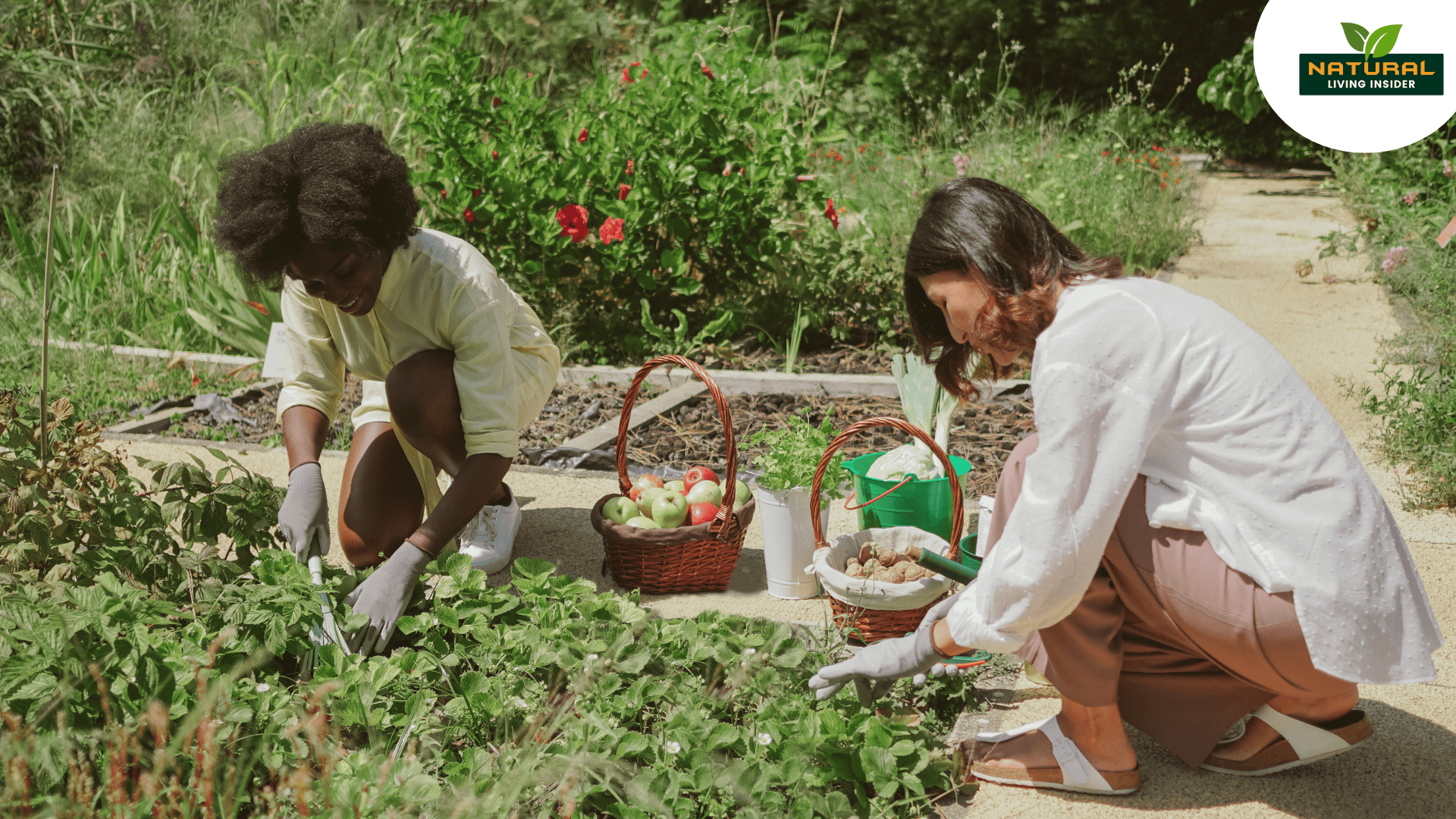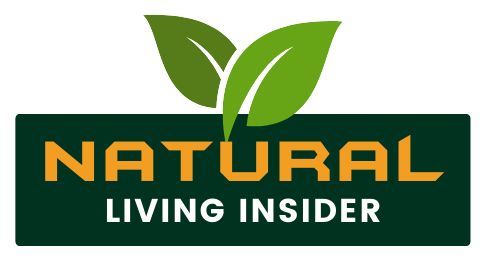
In a world where convenience reigns supreme, homesteading offers a refreshing return to self-sufficiency, sustainable living, and a deeper connection with nature. Whether you're embracing rural living on a farmhouse or cultivating a backyard garden in the suburbs, the principles of homesteading essentials empower individuals to live off the land, reduce reliance on commercial goods, and foster a more intentional lifestyle.
This guide explores the fundamentals of how to start homesteading, from growing your own food and raising livestock to mastering food preservation techniques and utilizing renewable resources. By embracing the art of homesteading, you can create a fulfilling and resilient way of life while contributing to an eco-friendly lifestyle and sustainable farming practices.
Table of Contents
1. Understanding Homesteading
What is Homesteading?
Homesteading is a lifestyle centered around self-sufficiency, resourcefulness, and sustainability. It involves growing food, raising animals, using renewable energy, and reducing dependence on store-bought products. While traditional homesteads were large farms, modern homesteading can be practiced on any scale—even in urban settings.
Why Choose Homesteading?
People are drawn to homesteading for many reasons, including:
- Food Security – Growing your own food ensures access to fresh, organic produce.
- Financial Independence – Reducing reliance on commercial goods lowers expenses.
- Environmental Impact – Sustainable living minimizes waste and carbon footprints.
- Personal Fulfillment – Learning new skills and working with nature brings satisfaction.
2. Starting Your Homestead
Choosing the Right Location
Whether you have acres of land or a small backyard, you can start homesteading by making the most of your available space. Consider these factors when selecting a homestead location:
- Climate and Soil Quality – Essential for successful gardening and livestock raising.
- Water Availability – A reliable water source is crucial for crops and animals.
- Zoning Laws – Research local regulations on farming and livestock.
Essential Homesteading Skills
To become self-sufficient, mastering a few key skills is beneficial:
- Gardening & Crop Cultivation – Growing fruits, vegetables, and herbs.
- Animal Husbandry – Raising chickens, goats, or bees for food and other resources.
- Food Preservation – Canning, drying, and fermenting to store food for the long term.
- DIY & Repairs – Fixing tools, constructing shelters, and making household items.
3. Growing Your Own Food
Organic Gardening
A homegrown garden is the foundation of self-sufficiency. Here’s how to start:
- Plan Your Garden – Choose crops suited to your climate and soil.
- Use Compost and Natural Fertilizers – Maintain soil health with organic matter.
- Practice Crop Rotation – Prevent soil depletion and pest buildup.
- Companion Planting – Grow plants that support each other’s growth.
Fruit Trees & Perennials
Planting fruit trees and perennial crops provides food year after year with minimal maintenance. Apples, pears, berries, and nut trees are great long-term investments for a homestead.
4. Raising Livestock for Self-Sufficiency
Choosing the Right Animals
Even on a small homestead, raising animals provides fresh eggs, dairy, meat, and natural fertilizer. Some common choices include:
- Chickens – Ideal for eggs and meat, easy to raise.
- Goats – Provide milk, cheese, and weed control.
- Bees – Essential for pollination and honey production.
- Rabbits – A sustainable source of meat in small spaces.
Ethical & Sustainable Animal Care
Proper animal husbandry ensures humane treatment and sustainability:
- Provide adequate space and shelter.
- Feed animals a balanced, natural diet.
- Practice rotational grazing to maintain healthy land.
5. Preserving & Storing Food
Food Preservation Methods
Preserving food allows you to enjoy seasonal produce year-round:
- Canning – Store fruits, vegetables, and meats safely.
- Dehydrating – Remove moisture from food for long-term storage.
- Fermenting – Boost nutrients and create probiotic-rich foods.
- Freezing – Maintain freshness and flavor with proper storage techniques.
Building a Food Storage System
A well-organized pantry ensures you have a supply of homegrown food in any season. Store grains, beans, dried fruits, and preserved goods in airtight containers in a cool, dark place.
6. Sustainable Energy & Water Conservation
Renewable Energy for Homesteads
Using renewable energy reduces reliance on the grid and lowers costs:
- Solar Panels – Power your home with clean energy.
- Wind Turbines – Generate electricity in windy regions.
- Hydro Power – Utilize water sources for energy if available.
Water Collection & Conservation
A sustainable water system ensures a reliable supply for your homestead:
- Rainwater Harvesting – Collect and store rainwater for irrigation.
- Drip Irrigation Systems – Reduce water waste in gardening.
- Greywater Recycling – Reuse household water for non-drinking purposes.
7. Practical Homesteading Tips for Beginners
- Start Small & Expand Gradually – Begin with a small garden or a few chickens before taking on bigger projects.
- Learn from Others – Join homesteading communities, watch tutorials, and read books.
- Keep Records – Track gardening cycles, animal care, and food preservation to improve efficiency.
- Embrace Challenges – Homesteading is a learning process; adapt and grow with each experience.
8. Final Thought: The Homesteader’s Journey
Homesteading is more than just a lifestyle—it’s a mindset of resilience, sustainable living, and self-sufficiency. Whether you’re growing your own food, raising animals, or harnessing renewable energy, every step brings you closer to independent living and a more fulfilling, eco-friendly lifestyle.
By embracing the art of homesteading, you cultivate not only the land but also a deeper connection to nature, family, and community. Start where you are, learn as you go, and enjoy the rewarding journey toward self-sufficient living through sustainable practices.


